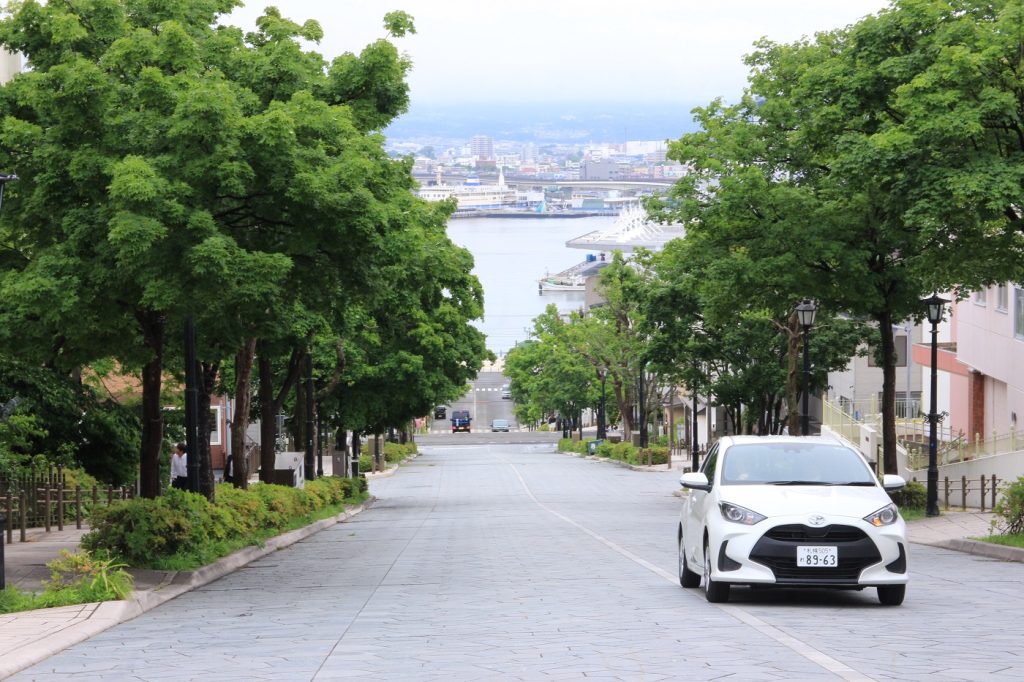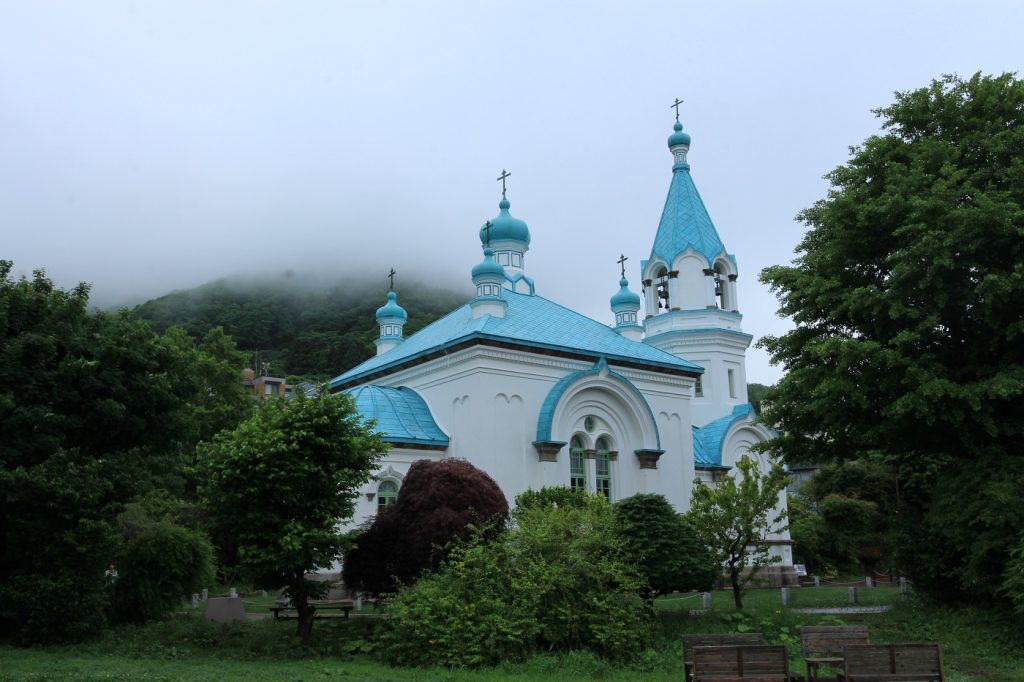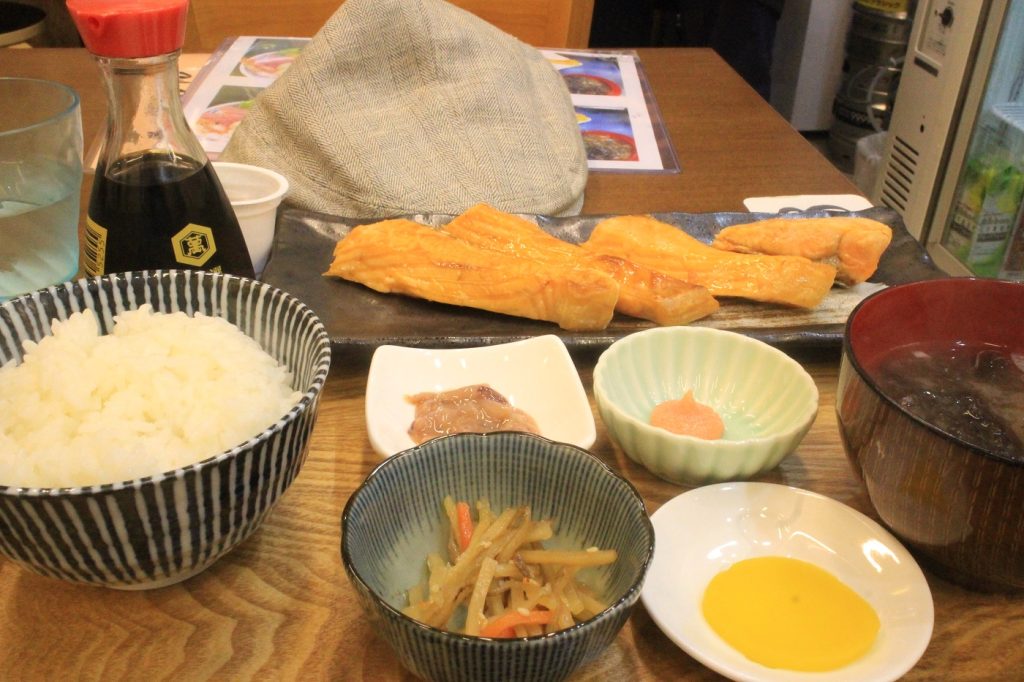Hakodate, Hokkaido, Jun.9 – 11, 2023
Histrical area, Hachiman-Zaka Slope and Seafood Breakfasts

Hakodate is a compact city for tourists. Most of those you must see gather around the port area and Hakodate yama area. You could visit them by walk, tram or bus. The city was chosen to be a treaty port with other four cities like Nagasaki, Kobe, Yokohama and Niigata in the 1860s after Japan was forced to open its door by super powers like the United States, U.K, France and Dutch . Hakodate is a strategically important port in the northern Japan. It had thrived through trade with Russia and and as a base of fishery. Hakodate has an exotic atmosphere with buildings built during the early period of the port opening here and there: Churches, Russian style buildings, the foreign cemeteries, the warehouses made of red bricks to name a few. They are kept in a good condition to this days. Many of them are located around the foot of the Mount Hakodate and the dock area. You can see them on foot. Trams are still an important way of transportation. Hakodate has those historical heritage now disappeared in Yokohama. The city reminds me of Yokohama around the 1970s, the good old days. I would tell Hakodate is a place I would like to live as a resident if I were asked.

One of my favorite places in Hakodate is the western area of the town near the Mt. Hakodate. Walking up the hill through Hachiman Zaka slope, you can see Holy Resurrection Orthodox Church of Hakodate, known as Hakodate Russian Orthodox Church and Motomachi Catholic Church. The Orthodox Church is listed as an important cultural property of Japan. It finished a yearlong renovation this Spring. It is shining in white and water color. Across the street lies Motomachi Catholic Church. The building is 100 years old. It has ahistorical importance same as the Russian Church. However, I heard that the offer for important cultural property status was neglected by the then French priest who did not want tremendous procedure. The current father of the church is an advocate of “Pilgrimage tourism” and they welcome tourists in belief to come to join the mass. One block down there is Raymon House Motomachi store in the former site of Carl Raymon Sausage factory. You can reach Hakodate Foreigners general cemetery walking towards west through the street between the Orthodox Church and Catholic Church for about 30 minutes. The view of the harbor from the site is astonishingly beautiful. The father of the church is an advocate of “Pilgrimage tourism” and they welcome tourists in belief to come.

There are fish markets near Hakodate station. Shops are selling seafood harvested in all over Hokkaido as well as here. (Large amount of squid are landed at the port. ) Restaurants in the markets offer seafood dishes like Sashimi, Sushi, Rice bowl…. On my second day, I entered in a local restaurant for breakfast. I ordered a set of grilled Salmon with miso soup and rice. Typical breakfast for Japanese. It was not cheap but acceptable for the delicious taste. During my stay of three days, I tried Yakitori Bento at Hasegawa store, it is not chicken but pork; Shio ramen or ramen in salt based soup, which is popular in Hakodate area; Chinese chicken burger at Lucky Pierrot, the signature dish which won nation’s street food competition so called “B”-kyu gourmet; and Hotdog at Raymon house, a sausage shop. In Hokkaido, when they say “Yakitori” or grilled chicken in skewer, it sometimes means pork belly BBQ in skewer. I ate, walked around, and slept like a baby during my visit. I want to visit the town again.